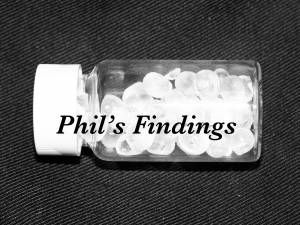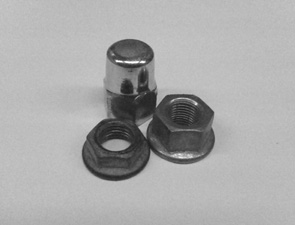Phil’s Findings #11: Metal and Psychadelia
01 August 2011


Phil Howes, the Institute of Making’s post-doc researcher, shares his thoughts and findings as he delves into the sensoaesthetic world of materials. Check this space every Monday for Phil's latest posting.
The world can look very different through the lens of a microscope, as this picture of a metal surface shows. We can see that what’s going on in the microstructure of the metal is a far cry from what we see with the naked eye.
Metals are composed of tiny individual crystalline grains. The image below shows a polished cross section of an alloy of aluminum and copper under an optical microscope. The irregular and misshapen appearance of the grains is because as the metal cools down from its molten state the atoms form crystals which grow somewhat like snowflakes, with arms growing off in different directions. These metallic snowflakes then grow squashed together in the structure. In the picture, polarised light has been used to illuminate the surface, the same sort of light they use in 3D movies. The different orientations of the grains in the metal changes the way they reflect light, so the grains appear all different colours as they reflect a specific colour back.

Image courtesy of Hiren Kotadia
In metals, the atoms form a crystal lattice structure, which means they are all tightly packed into ordered rows. These atoms can move, slip past each other, and rearrange, which is why metals can be bent without snapping straight away. In the metallic structure, each atom gives up a few of its electrons, which are then free to zip around the solid. It is the attractive electrostatic force between this sea of electrons and the atoms which holds everything together, and is the root of the strength of metal.
Although the atoms in metals stack to form crystals, a piece of metal is not one big crystal; it is composed of tiny crystalline grains. The size, shape and relationship between these grains define the properties of the metal. For example, if you make the grains smaller, the atoms can’t slide around as much as they are hindered by the walls of the grain. This makes the metal harder. However, cracks can more readily travel between the grains if they are smaller. This means metals with small grains tend to be harder and more brittle, and metals with large grains tend to be softer and more malleable.